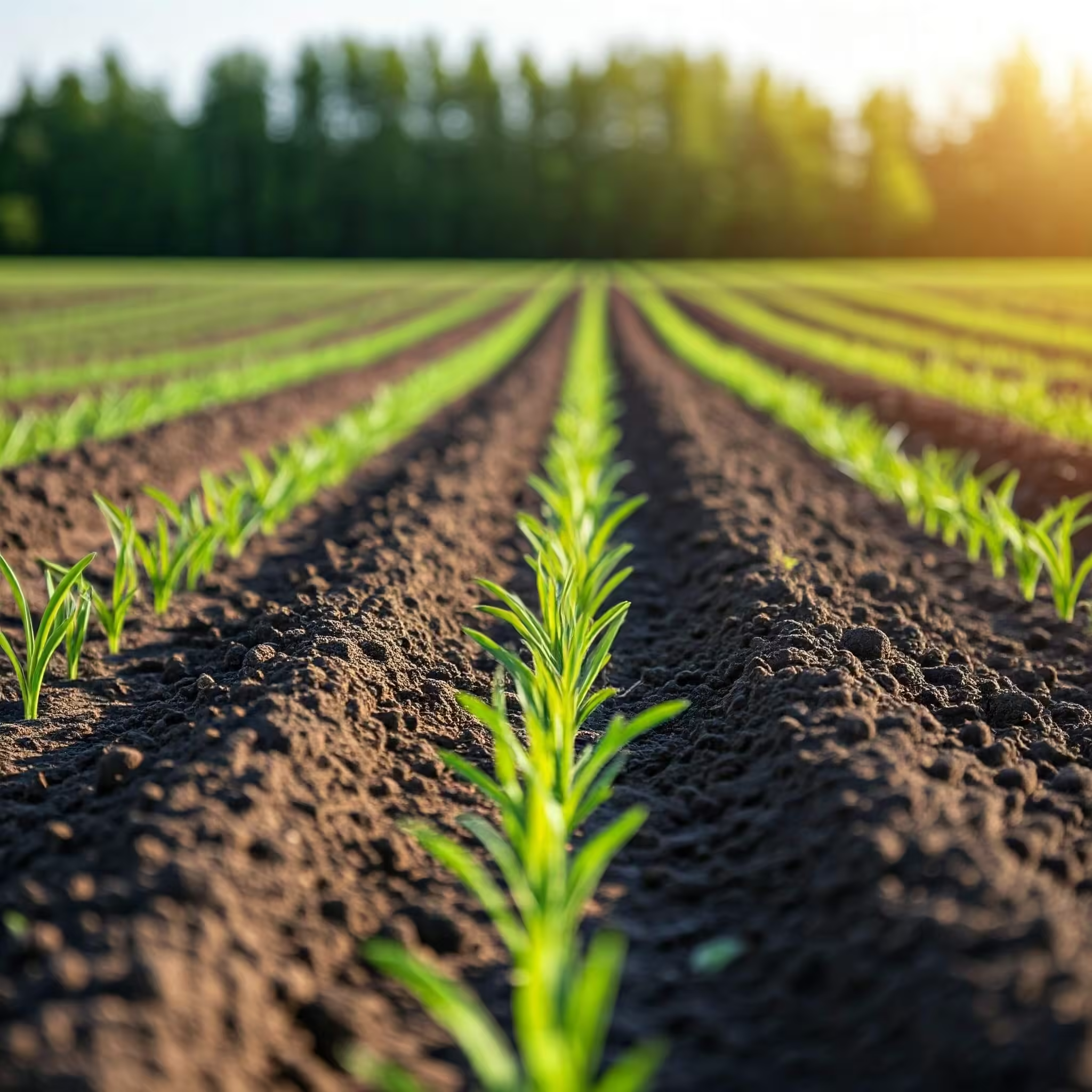Finding The Best Soil for Growing Crops
Picking the right soil conditions is key if you want your crops to thrive. Knowing the best soil types and pH levels can really boost your yields and keep your plants healthier. In this guide, we’ll cover what kind of soil works best for some of the top crops grown in the U.S., plus I’ll share some practical tips and resources to help you get the most out of your soil.
Ideal Soil Types and pH Levels for Top 10 Crops
| Crop | Ideal Soil Type | Ideal pH Range | Key Insights |
|---|---|---|---|
| Corn | Loamy, well-drained soils | 5.8 to 7.0 | Regularly test soil and amend based on specific crop needs for optimal yield. |
| Soybeans | Loamy or sandy loam soils with good drainage | 6.0 to 7.0 | Improve soil with compost to enhance structure and fertility. |
| Wheat | Well-drained, loamy soils; can tolerate clayey soils | 6.0 to 7.0 | Match soil type with crop needs to maximize growth and yield. |
| Rice | Clay or silty soils that retain water well | 5.0 to 6.5 | Suitable for clayey soils; manage water retention for optimal growth. |
| Cotton | Loamy, well-drained soils; can also grow in sandy or clayey soils | 5.5 to 7.5 | Implement soil management practices for better cotton production. |
| Potatoes | Loose, well-drained, sandy loam or loam soils | 4.8 to 6.0 | Amend soil to maintain loose, well-drained conditions for optimal growth. |
| Hay | Well-drained, loamy soils | 6.0 to 7.0 | Regular soil testing and proper amendments can enhance hay production. |
| Sugar Beets | Well-drained, deep, loamy soils | 6.0 to 7.0 | Reduce costs and improve efficiency by optimizing soil conditions. |
| Apples | Well-drained, sandy loam or loamy soils | 6.0 to 6.8 | Proper soil management supports apple tree health and fruit production. |
| Grapes | Well-drained, sandy loam to loamy soils | 6.0 to 6.8 | Enhance sustainability and production with the right soil conditions. |
This table presents the essential soil requirements for each crop along with practical insights to guide soil management and improve crop outcomes.
Practical Tips for Soil Management
- Regularly test your soil to understand its current condition and make necessary adjustments.
- Amend your soil with organic matter or adjust pH levels to meet the needs of specific crops.
- Optimize soil conditions to enhance the efficient use of resources such as water and nutrients.
- Implement practices like crop rotation and organic amendments to maintain soil health and sustainability.
Understanding and managing soil conditions is key to successful crop cultivation. By optimizing soil type and pH for your specific crops, you can enhance yield, improve plant health, and achieve better overall results. Regular soil testing and amendments, combined with informed planning and sustainable practices, will help you make the most of your growing efforts.
